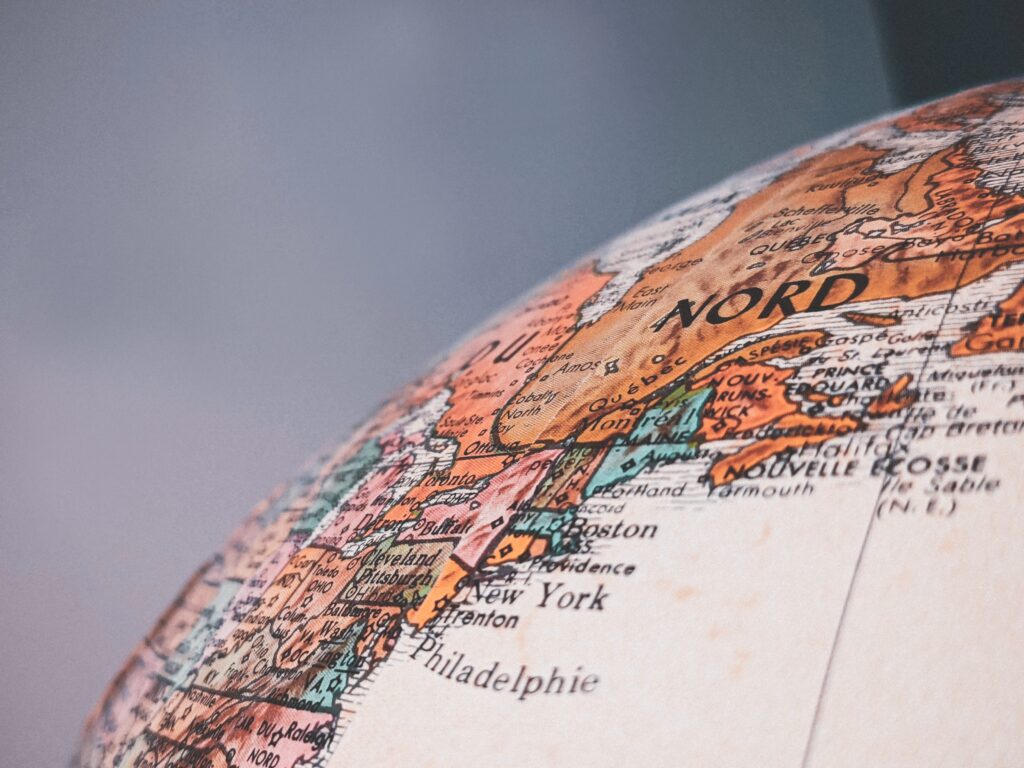European Day of Languages

The European Day of Languages, observed on September 26, is intended to raise public awareness of the significance of language acquisition and the preservation of linguistic history.
- The majority of European languages are classified as belonging to one of three linguistic families: Germanic, Romance, or Slavic.
- There are approximately 225 indigenous languages in Europe alone, accounting for approximately 3% of all languages spoken worldwide.
- Over the previous thousand years, European languages have been in continual touch with one another, owing mostly to intellectual people of society travelling and speaking five different dialects.
- Most European nations contain a variety of regional or minority languages as a result of centuries of continual migration of migrants and refugees. In London alone, 300 distinct languages are spoken!
- The most frequently spoken non-European languages in Europe are Arabic, Chinese, and Hindi.
- German has the longest word of any European language, and it is the only language in the world that capitalises nouns.
- Catalan is the second most spoken language in Spain, with 6 million people speaking it. It is spoken in Catalonia, on the nation’s east coast.
